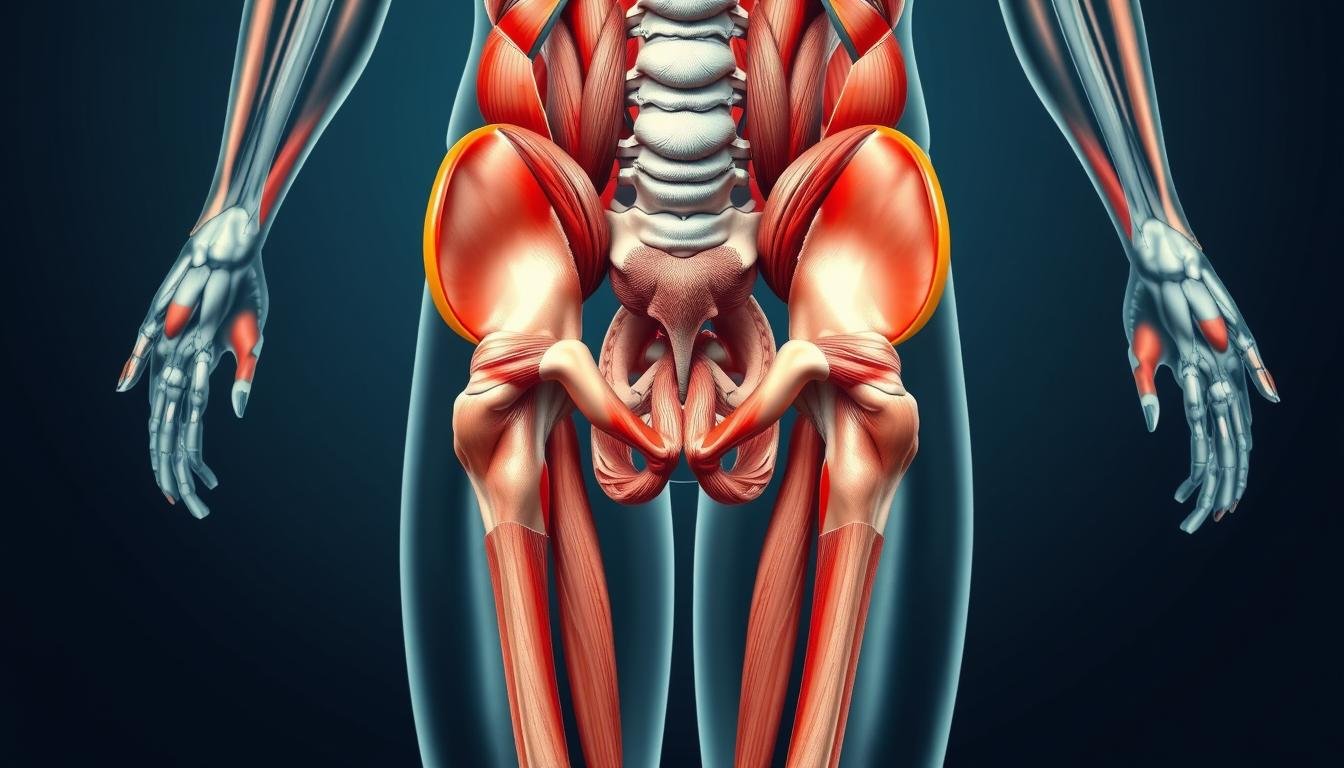SHARE THIS:
As the sun sets, Mike settles into his favorite chair, feeling frustrated. He’s been dealing with bladder control issues since his prostate cancer surgery. The need to rush to the restroom and embarrassing dribbles have affected his confidence and life quality.
But Mike is determined to regain control. He’s heard about Kegel exercises, a simple way to strengthen the pelvic floor muscles. These muscles support the bladder and bowel. With hope, Mike decides to try Kegel exercises, seeking the relief he needs.
Kegel exercises can help many men. They improve bladder control, enhance sexual function, and manage incontinence. Whether you’re recovering from prostate surgery, dealing with an overactive bladder, or looking to support your pelvic health, Kegel men exercise can be a game-changer.
SKIP AHEAD
ToggleKey Takeaways
- Kegel exercises strengthen the pelvic floor muscles, which support the bladder, bowel, and sexual function.
- These exercises can improve bladder control, potentially enhance sexual performance, and aid in managing or preventing incontinence.
- Kegels are particularly beneficial for men who have undergone prostate cancer surgery, experience overactive bladder, or have age-related pelvic floor weakness.
- Regular practice of Kegel exercises can lead to noticeable improvements in urinary control and sexual health within a few weeks to months.
- Incorporating Kegel exercises into your daily routine is an effective, non-invasive way to support your overall pelvic health and well-being.
Understanding Male Pelvic Floor: Foundation of Core Strength
The male pelvic floor is a complex network of muscles. They form the foundation of your core strength. These muscles support your pelvic organs, control urination and bowel movements, and enhance sexual performance.
Anatomy of Pelvic Floor Muscles
Your pelvic floor muscles stretch from the pubic bone to the tailbone. They create a “hammock” that holds up your pelvic organs. This group of muscles is key for maintaining bladder and bowel control, supporting prostate health, and addressing erectile dysfunction.
Benefits for Male Health and Wellness
A strong and healthy pelvic floor offers many benefits. It can improve bladder control, enhance core strengthening, and boost sexual function. Men with strong pelvic floors are less likely to face issues like incontinence or pelvic pain.
Common Causes of Pelvic Floor Weakness
- Prostate surgery
- Aging
- Obesity
- Chronic constipation or coughing
Weakness in the pelvic floor muscles can cause many problems. These include urinary and bowel control issues, as well as sexual dysfunction. Fortunately, exercises like Kegel men can strengthen these muscles and improve your health and wellness.
“Proper pelvic floor muscle training is essential for men, especially those who have undergone prostate surgery or are experiencing bladder or bowel control problems.”
Kegel Men Exercise: Step-by-Step Guide
Kegel exercises are great for strengthening your core pelvic floor muscles. They help with recovery, prenatal care, and improving core strength. Let’s look at how to do Kegel exercises for men step by step.
- Identify the Correct Muscles: First, find the pelvic floor muscles you need to work. Try stopping your urine flow mid-stream. These are the muscles you’re targeting.
- Start with Short Holds: Start by holding the muscles for 5 seconds, then relax for 5 seconds. Do this 10 times, 3 times a day.
- Gradually Increase Intensity: As you get stronger, hold for 10 seconds. Keep doing 3 sets of 10 reps a day.
- Incorporate into Daily Routines: Do Kegel exercises in different positions. Try them while sitting, standing, or even walking.
- Avoid Straining: Keep your stomach, leg, and buttock muscles relaxed. Straining can make your Kegel exercises less effective.
- Combine with Other Exercises: For better pelvic floor strength, add Kegel exercises to other core workouts like squats.
If Kegel exercises hurt or cause pain, talk to a healthcare provider or pelvic floor specialist. With regular practice and the right technique, Kegel exercises can help a lot. They’re good for post-surgery recovery, prenatal exercises, and boosting core strengthening.

“Kegel exercises are a game-changer for men looking to improve their pelvic floor strength and overall well-being.”
Conclusion
Kegel exercises are a great way for men to strengthen their core pelvic muscles. This can improve your health and wellness in many ways. You’ll get better bladder control, enhanced sexual function, and stronger core stability.
It’s important to practice regularly and use the right technique. This will help you get the most out of kegel men exercise.
You might see improvements in your pelvic floor strength in just a few weeks. But, it usually takes 6-8 weeks of regular kegel exercises to see the full effects. Adding Kegels to your daily routine and doing other core-strengthening activities can boost your results.
If you’re not sure how to do Kegels or if you have any pain, see a physical therapist. They specialize in pelvic floor rehabilitation and can give you personalized advice.
Investing in your male sexual function and core strengthening with Kegel exercises is worth it. Start this simple yet powerful practice. It will help you have stronger, more resilient pelvic floor muscles.
FAQ
What are Kegel exercises for men and how can they benefit me?
Kegel exercises help strengthen the muscles in your pelvic area. They support your bladder, bowel, and sexual health. These exercises can improve bladder control and sexual performance.
They are great for men with post-surgery issues, overactive bladder, or age-related weakness. Regular Kegel exercises can lead to better urinary control and sexual health in a few weeks to months.
What role do the pelvic floor muscles play in male health and wellness?
The pelvic floor muscles are at the bottom of your core. They support your pelvic organs and control urination and bowel movements. These muscles are key for sexual function and core stability.
A strong pelvic floor means better bladder and bowel control, enhanced sexual performance, and stronger core. Weakness can come from prostate surgery, aging, obesity, or chronic constipation or coughing.
How do I properly perform Kegel exercises?
First, find the right muscles by trying to stop urine flow mid-stream. Start with 5-second holds and 5-second relaxations, doing 10 times, 3 times a day. As you get stronger, hold for 10 seconds.
Do Kegels in different positions and make them part of your daily routine. Contract your pelvic floor muscles before standing, walking, or sneezing. Don’t use your stomach, leg, or buttock muscles during Kegels.
If you feel pain, talk to a healthcare provider or pelvic floor specialist. Adding squats to your routine can help strengthen your pelvic floor even more.
SHARE THIS:




